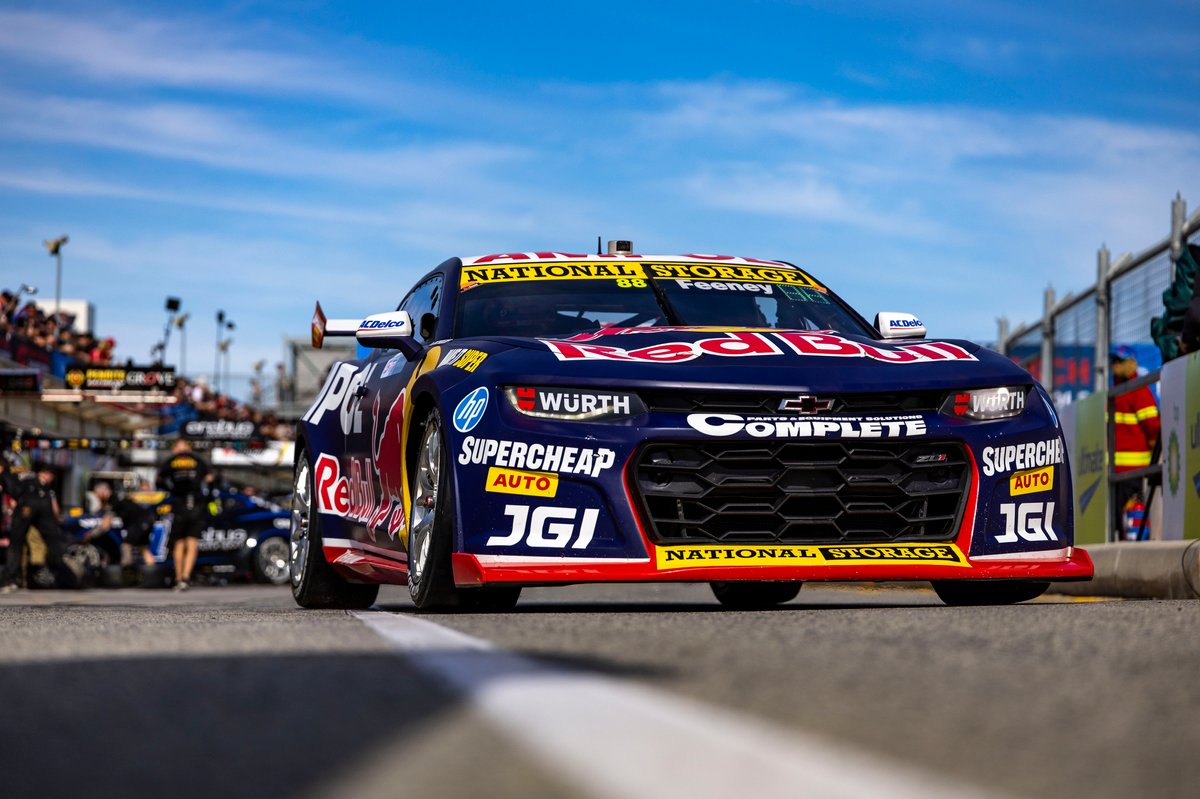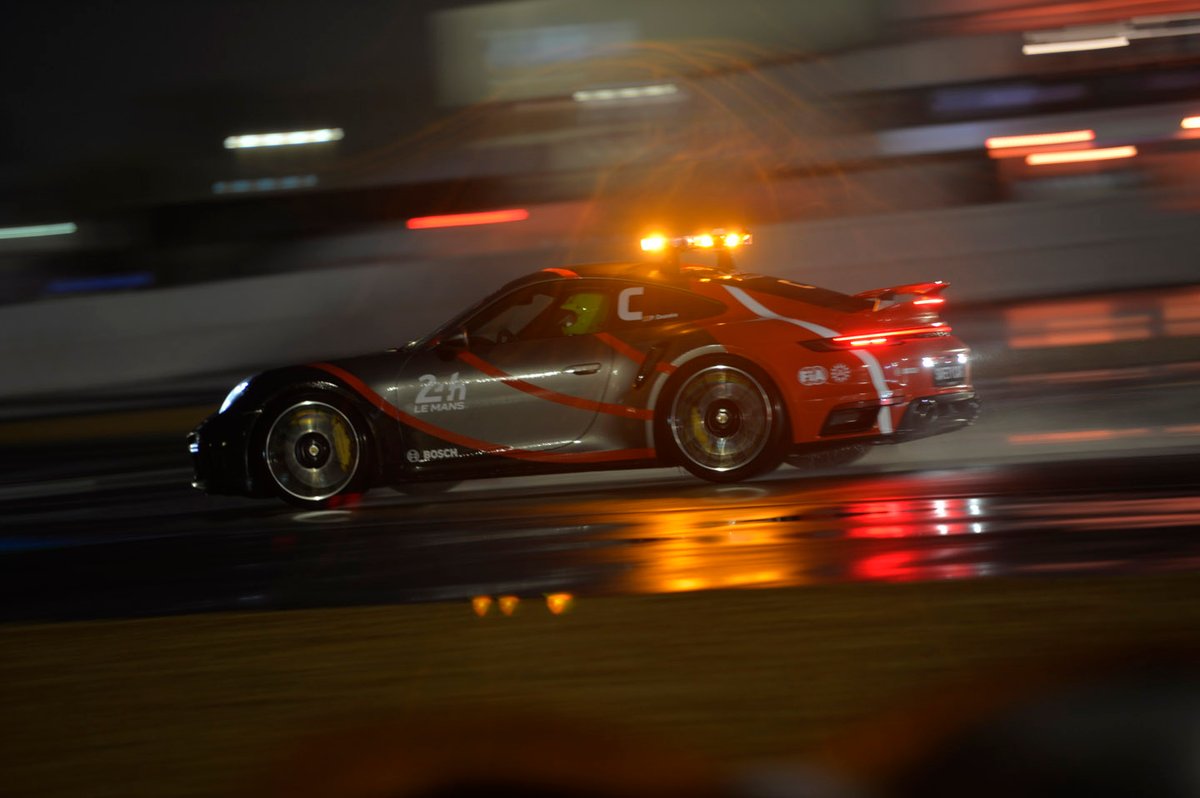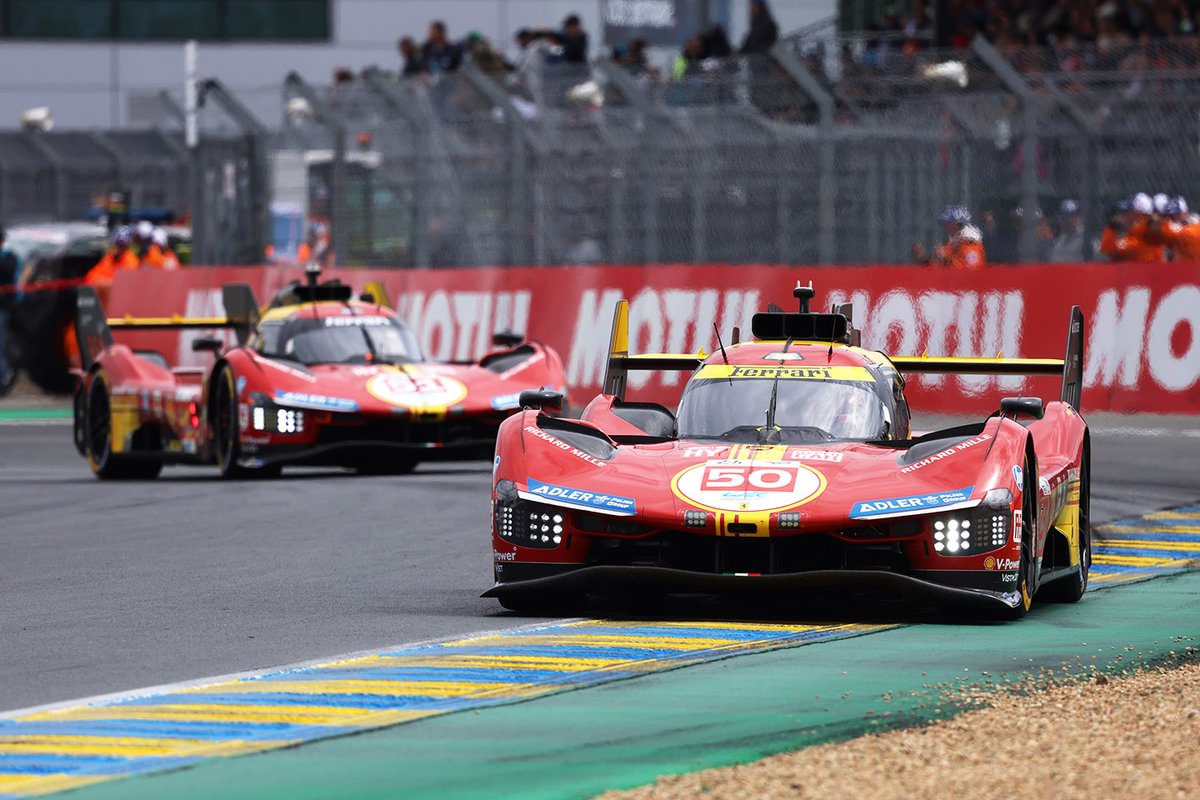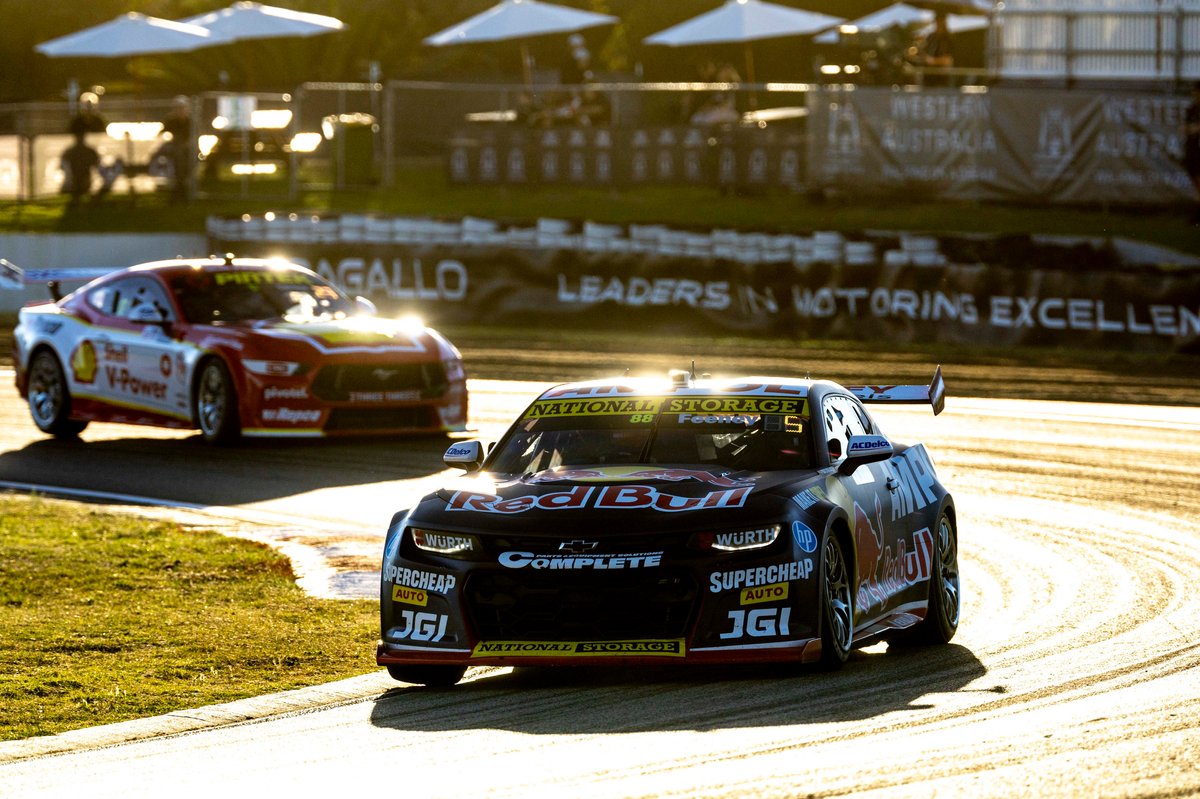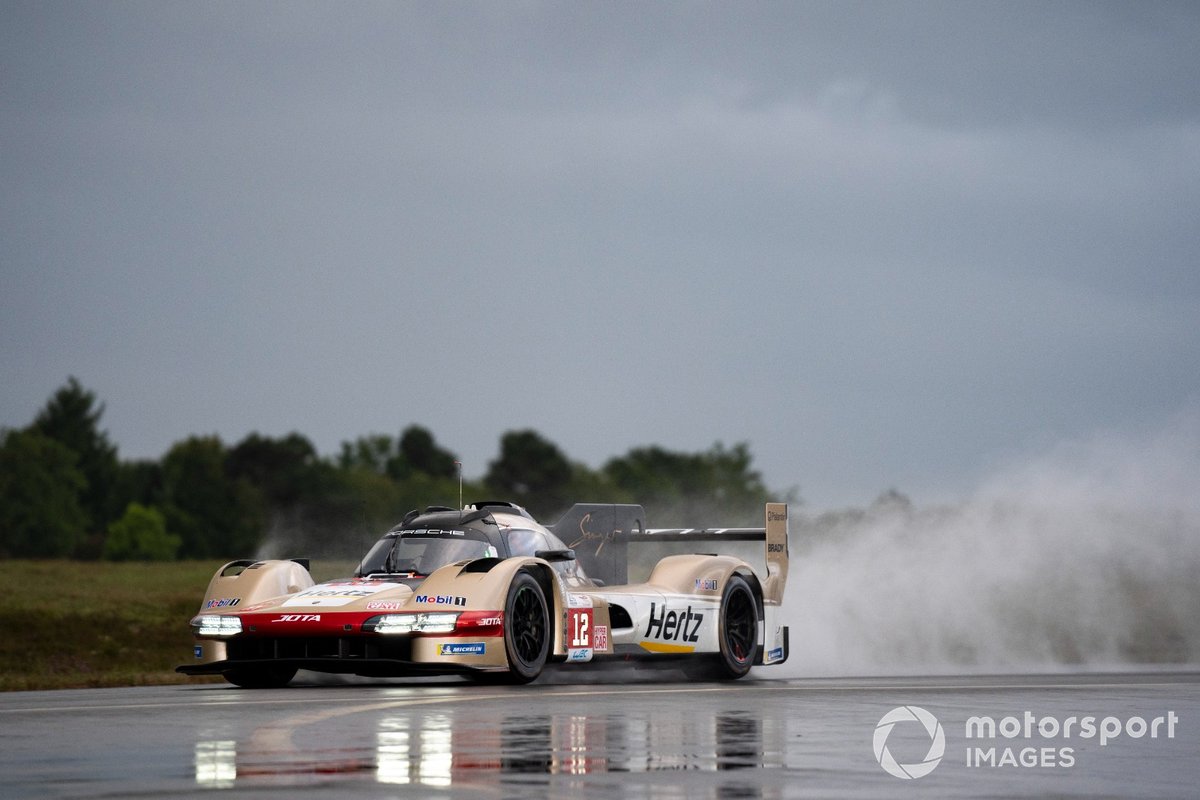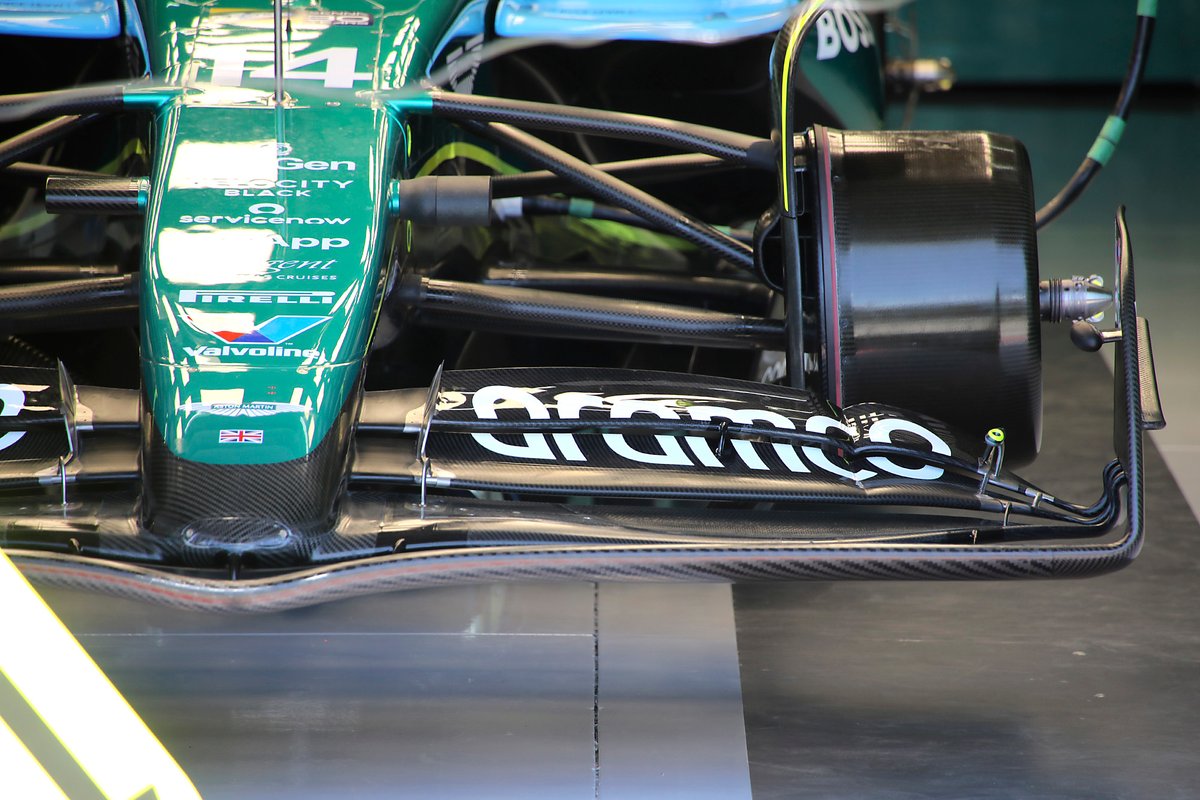
THE F1 UPGRADES THAT ASTON MARTIN IS ADAMANT WILL NOT BE ‘ROLLED OFF’
A pretty extensive overhaul had been aimed at lifting the squad up the grid, but it ended up making the car more difficult to drive – contributing to Alonso’s hefty FP3 crash.
Its struggles renewed concerns that the squad could be facing a repeat of what happened last year – when upgrades it introduced triggered some side-effects that hampered its performance.
PLUS: Did Aston Martin's Imola F1 updates really fail?
Team principal Mike Krack is confident that things are different this year though, and that it can get to the bottom of what went wrong at Imola.
“You guys are always quite quick with such conclusions,” he said, when asked about if this was the same scenario unfolding as 2023. “We had the same I think in Mexico, and then we were on the podium the week after.
“In Germany, we say let's keep the church in the town. So, let’s analyse what we have. We have some lessons to learn from what we have introduced, and we will do so and try to be stronger next week.”
While a difficult car is the last thing that a driver needs this weekend around Monaco, Krack insists no consideration will be given to taking the new parts off to ensure a more consistent platform.
“The upgrades are certainly a step forward and there's no need to roll them off,” he said.
Aston Martin AMR24 front wing comparison
Photo by: Giorgio Piola
What was new on the Aston Martin
The front wing and nose assembly have both been overhauled extensively as part of the update, with the front wing incorporating a new design feature not seen before.
A V-shaped profile has been built into the two upper flaps to help segment the inboard and outboard portions of the wing (highlighted in yellow).
This design addition will undoubtedly have an impact on the wing’s overall ability to generate outwash and work in conjunction with the design features in the outboard section that already exist.
Furthermore, it’s worth considering the impact that these V-shaped geometries are having on the underside of the flaps too, rather than just the visible upper surface. They will help to create much needed definition to the airflow’s passage ahead of the front tyre.
As part of the team's push to better manage flow in the outboard section of the wing and improve its outwash capabilities, the endplate has also been modified.
A more traditional straight trailing edge is favoured now, rather than the outgoing more sculpted variant. The surface terminates above the flap and endplate juncture to create another shedding surface, while also acting as a different flow proposition for the diveplane.
There’s numerous changes around the front wing’s central section and the nose too, as the latter has a new tip shape that’s positioned further forward on the second element, which has also required that the team use a central support bracket between it and the mainplane.
This has resulted in the paired brackets either side of the nose being reduced from two per side to just one.
There’s now also the option for driver cooling to be opened-up in the nose tip, although the team preferred to blank this off at Imola.
The changes made to the nose tip and second element of the front wing have been made in tandem with alterations to the shape of the mainplane’s leading edge too. The element is now more tightly pinched in the centre and a more abrupt transition used as the mainplane extends out from the centreline.
Fernando Alonso, Aston Martin AMR24, is returned to the garage
Photo by: Zak Mauger / Motorsport Images
There were also a whole host of changes made to the AMR24’s floor, floor fences, edge wing and diffuser, as the team looked to take advantage of the increased performance that the aforementioned changes should yield upstream.
The floor fences have been repositioned across the leading edge of the floor and the shape has also been revised to work in conjunction with the remodelling of the underfloor.
It is also crucial to remember that while the forward portion of each fence is visible, it extends rearwards into the underfloor and help to drive the aerodynamic traffic both outboard and towards the diffuser.
The edge wing and embedded strakes have been cranked more aggressively, while the strakes now have metal covering their surface, likely to prevent it from fluttering and causing inconsistencies in the flow field.
The floor’s surface beside the edge wing also seems to have been amended, with a more contoured finish being employed, which suggests that there’s similar going on with the underfloor, albeit with a concave surface, rather than convex contouring.
This daisy chain of alterations culminates in an adjustment to the diffuser’s roof shape, with the team looking to exploit the gains expected from all of the alterations ahead.
Lance Stroll, Aston Martin AMR24
Photo by: Mark Sutton / Motorsport Images
There were also alterations to the rear suspension fairings and the rear brake duct inlet, outlet and associated winglets mounted upon them, which all tie-in together for a more efficient use of their aerodynamic properties.
Read Also:

